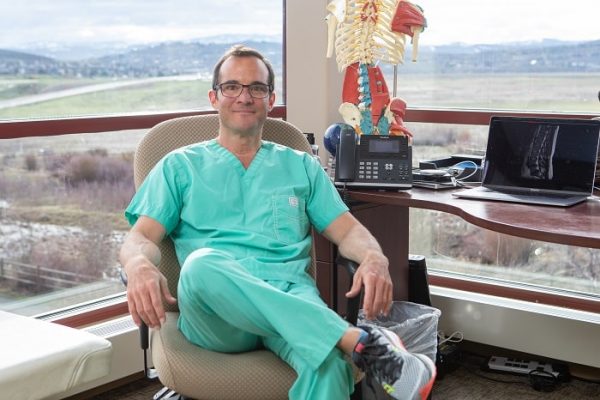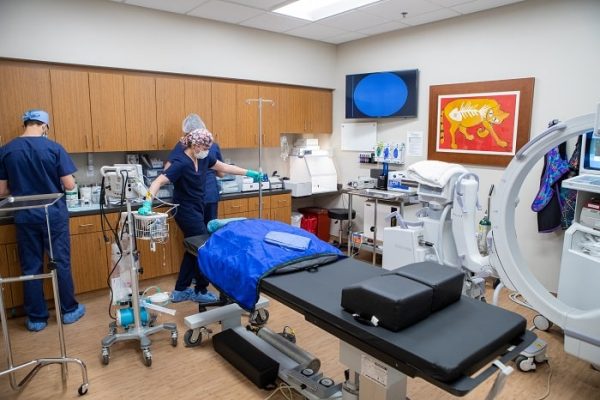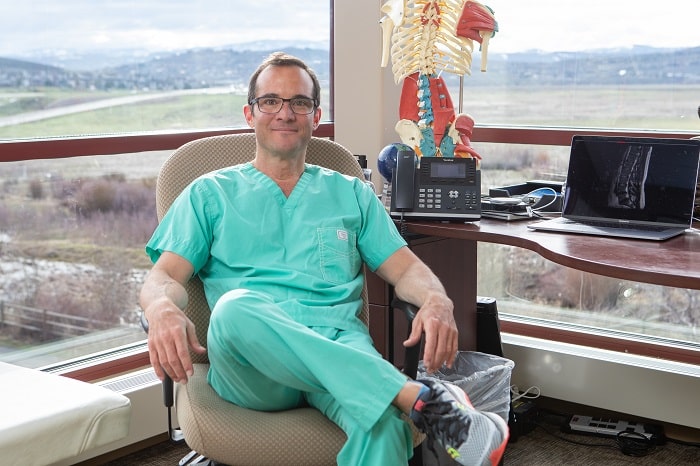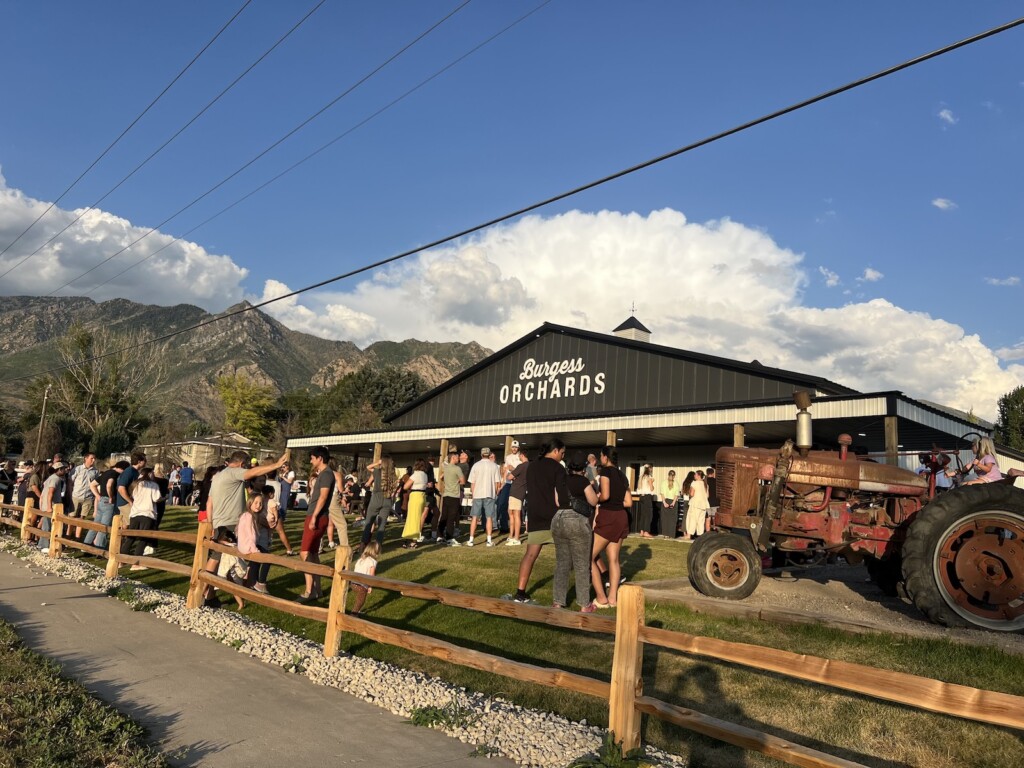
On the naturopathic path
Chronic pain is a serious business, but does it have to be forever?
A 2011 study by the National Institutes of Health found that the annual cost of chronic pain was more than $6 billion—greater than heart disease, cancer, and diabetes, combined.
While studying to become a naturopathic doctor in the late 90s, a climbing injury set Dr. Harry Adelson on a course that led straight into the bones of the pain business.
Healthy and athletic, in his early twenties he tore the cartilage in his shoulder while preparing for a climbing trip in France.
The naturopathic pain alleviation methods he had learned in school didn’t help the extreme pain, so he saw a conventional surgeon. As is often the case, the surgeon could offer pain alleviation, but not healing.
Unwilling to risk his own well-being and long-term mobility, Adelson committed to a search for a real cure.
“I just was not willing to take no for an answer,” he told an audience at a meeting of the Silicon Valley Health Institute last fall. “I mean … I was in naturopathic school, and the guiding principle of naturopathic medicine is using the body’s ability to heal itself. I knew that there had to be a way to jump start my body’s ability to heal itself after injury.”

Prolotherapy for chronic pain
Adelson was introduced to Dr. Rick Marinelli, the first naturopathic doctor to perform prolotherapy, the injection of stem cells to treat pain.
Dr. Adelson underwent the procedure, and it resulted in complete recovery. No more pain.
Twenty years later, Dr. Adelson has performed more than 6,000 prolotherapy procedures, including injections into over 700 intervertebral discs on others seeking non-invasive pain alleviation. He’s actually never done anything else as a naturopathic doctor.
It hasn’t been an easy road as a practitioner in the US, where the word “stem-cell” invites emotional controversy. Just as he wouldn’t be deterred in healing his own body, Dr. Adelson has stayed the course to offer the therapy to others.
“Regenerative medicine is all I’ve ever done professionally. For 20 years it’s been 100 percent of my practice,” he said. “This is all I do. So it’s in my best interest to be honest about it, and what it can do and what it can’t do, and who it will help and who it probably won’t help.”
Over the years, he has sought cutting edge techniques and increased the sophistication of his procedures.
Initially, his injections were guided simply by touch, as his mentor, Dr. Marinelli, taught him. Eventually, he began using ultrasound guidance, and today uses fluoroscopy and live x-rays, to guide his injection procedures.
His sophisticated technique, experience, and record of success draws patients from all over the world for stem cell therapy for chronic pain at his practice in Park City, Utah.
Prolotherapy, it isn’t cheap
Insurance companies will not cover the chronic pain alleviation treatment, so it is a significant investment for many of his patients.
“We get people who are highly motivated and they value their bodies. Either they understand that they need their bodies to work or they need their bodies to enjoy life. The fact that insurance does not pay for these treatments doesn’t get in the way,” Adelson said.
“I have a lot of farmers that are patients. Farmers really understand the value,” he said. “These are people who need their bodies, and they know if the warranty ends and the tractor breaks down, they still get it fixed because they need the equipment. They still do it because they need their bodies to enjoy life or to work.”
During his hospital-based residency in Derby, Kentucky in the 1990s, Dr. Adelson honed his skills by offering prolotherapy at Bridgeport Rescue Mission, the largest homeless shelter in Connecticut. It was a formative experience. He acknowledges that in America, stem-cell treatment for pain mitigation remains financially out of reach for many who could benefit from it the most.
Stem cell therapy and insurance
Like Adelson said, this therapy, it isn’t covered by insurance.
“It’s not expensive enough for insurance, there’s not a natural place for it to fall, so it’s tricky that way. Right now it’s elitist,” he said.
While he doesn’t have an influence on the medical insurance industry, Adelson’s clinic is seeking to mitigate financial barriers to access to the stem cell therapy for chronic pain.
This fall, they’ll start a program making the therapy available to underserved populations in exchange for documented community service hours.
“It’s a very elegant therapy — especially bone marrow stem cells. It’s very inexpensive to do and incredibly effective,” he said. “Low back pain is the leading cause of disability worldwide … it makes sense to find the treatment that is relatively inexpensive to perform. What is less expensive than stimulating the power of your body’s natural healing systems? There’s tremendous potential for it.”





